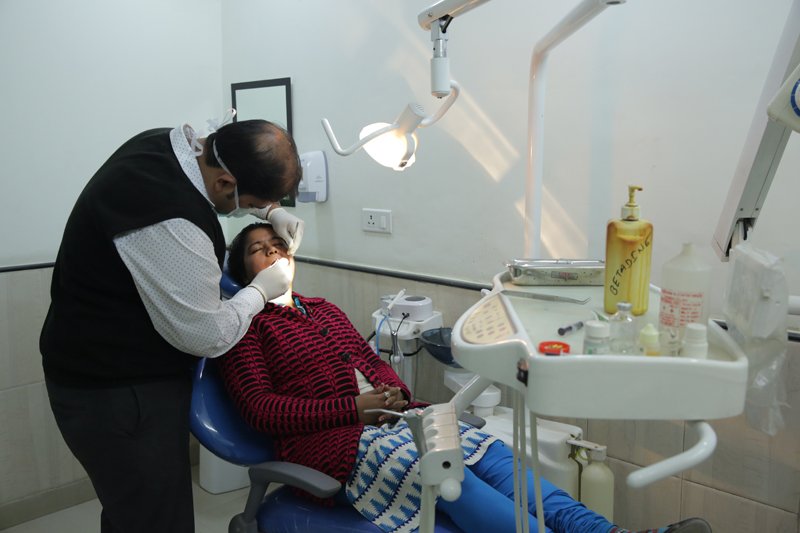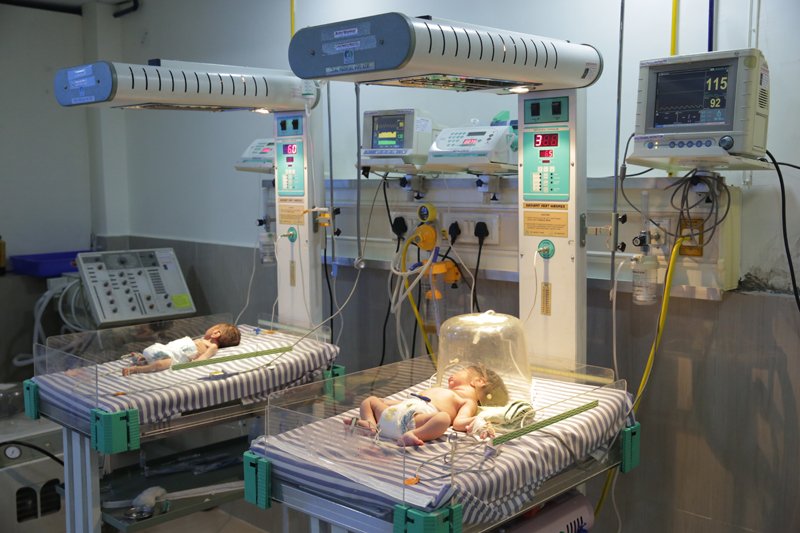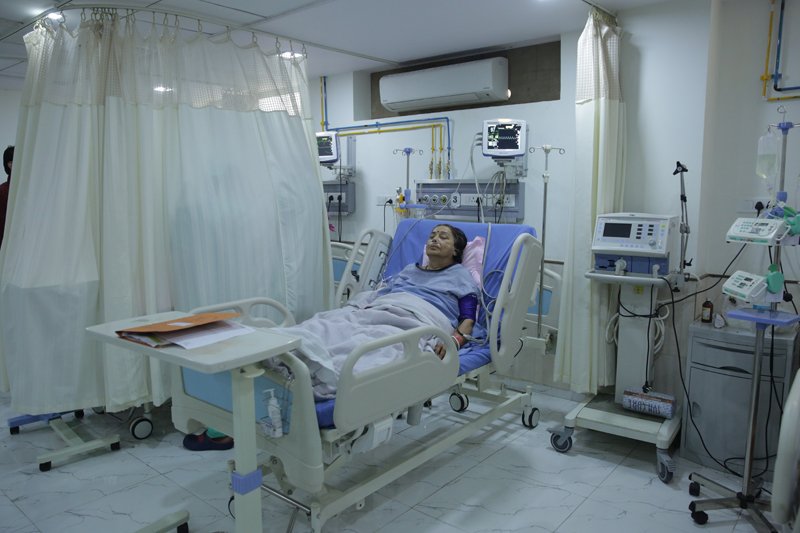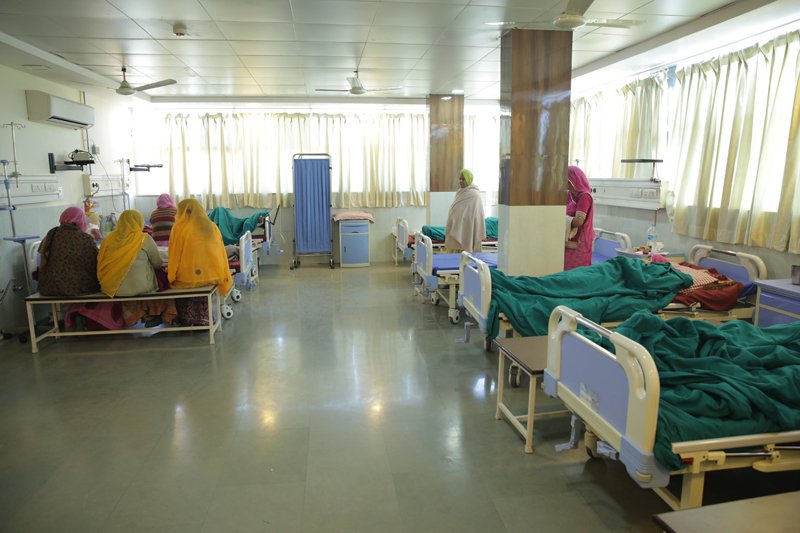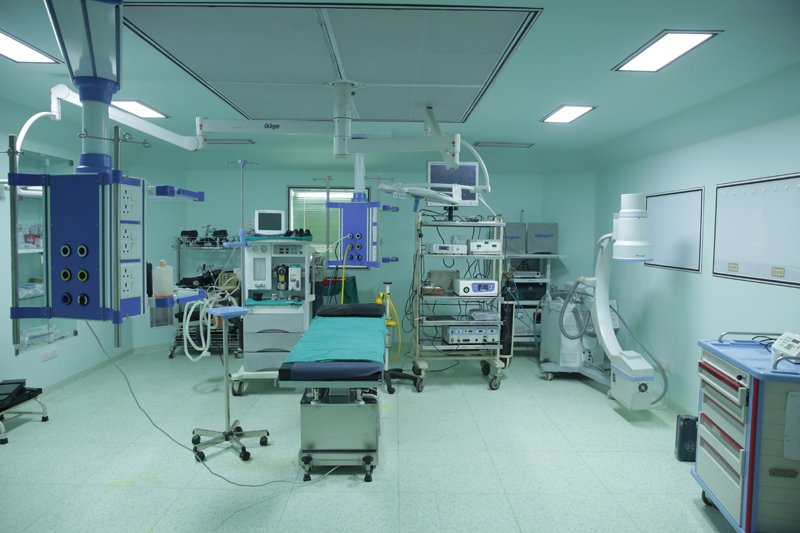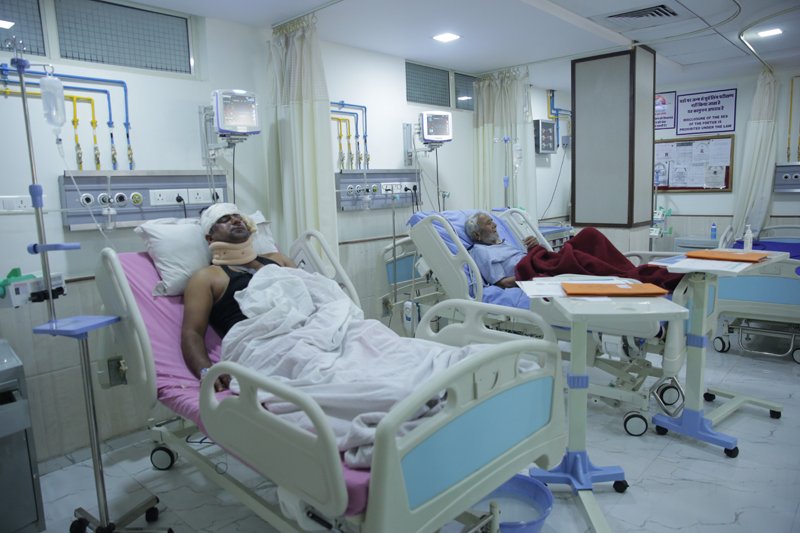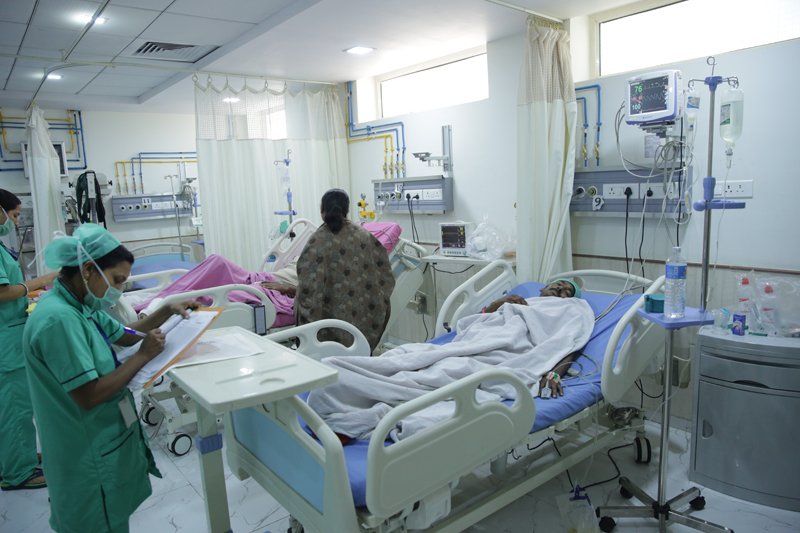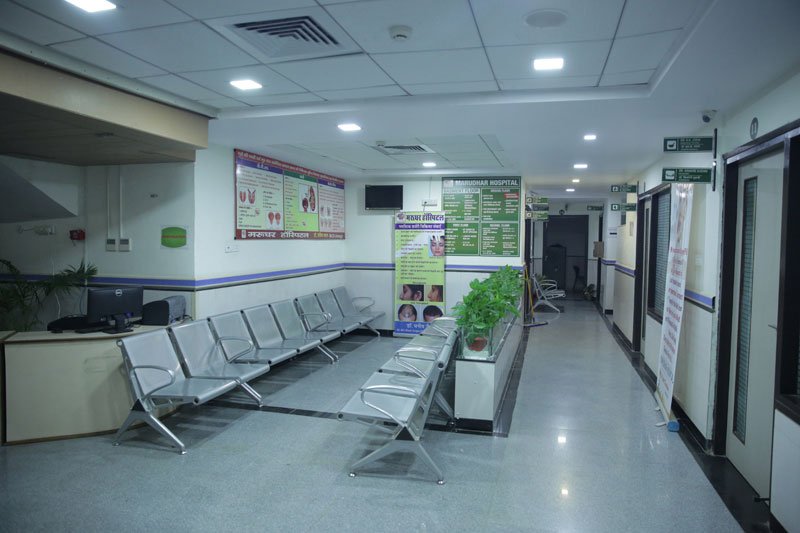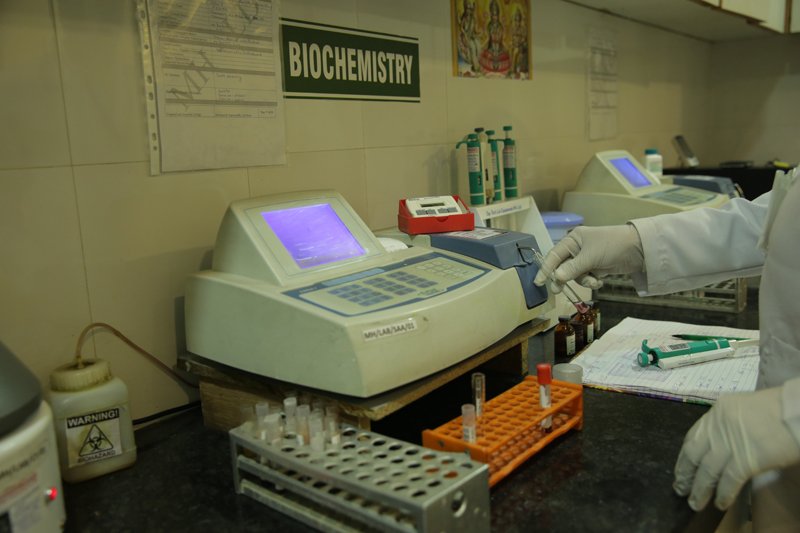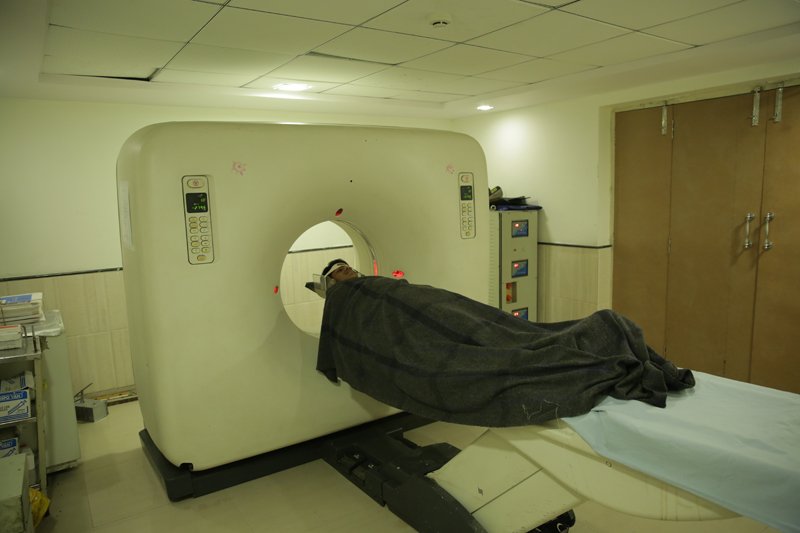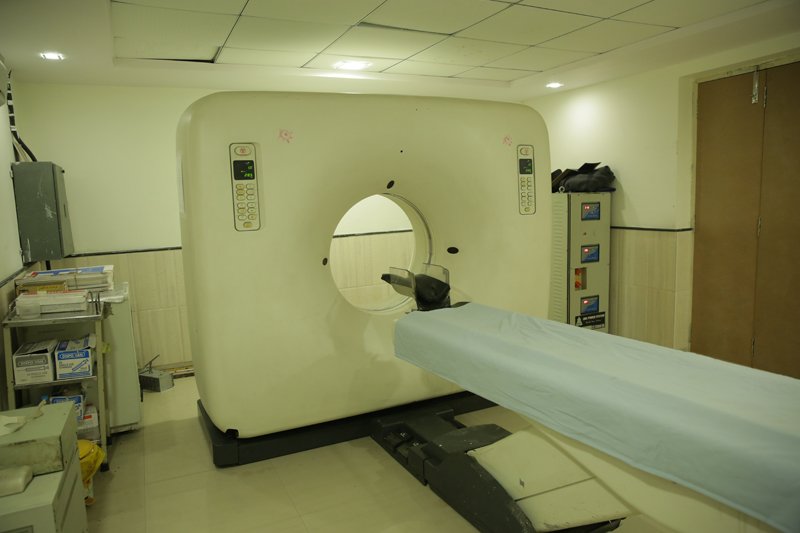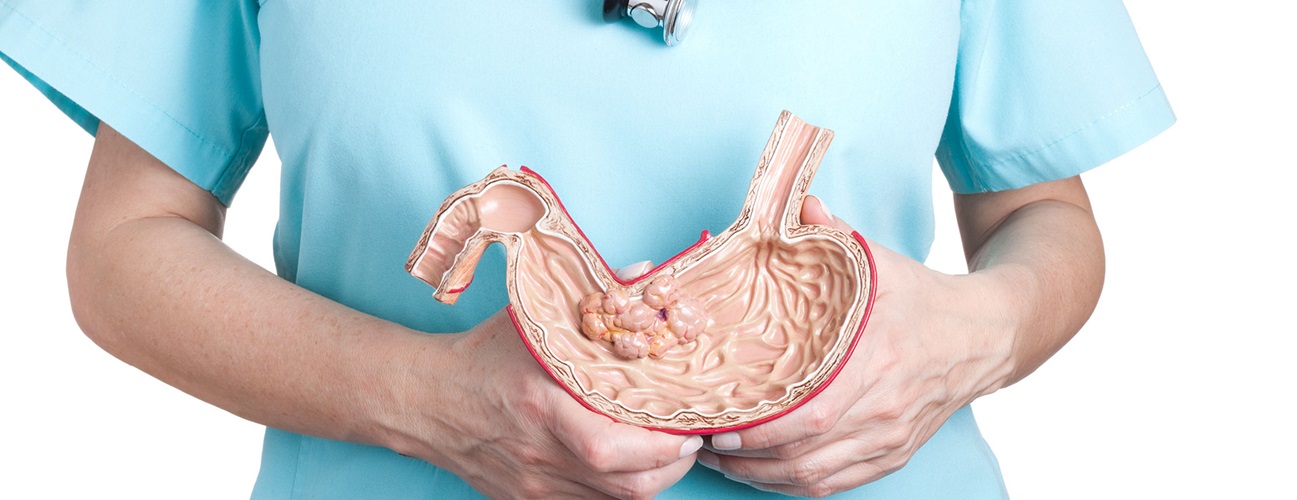- Orthopaedics & Joint Replacement
- Department Of Anaesthesia
- Department of Gastroenterology
- Department of Cardiology
- Department of Plastic Surgery
- Emergency and Trauma Care
- Obstetrics and Gynaecology
- Physiotherapy & Rehabilitation
- Department of Medicine
- Laparoscopic Surgery
- Paediatric Surgery
- Dental Sciences
- Neurosurgery
- Nephrology
- Paediatrics
- Neurology
- Urology
- Ent
- Sunday
- Monday
- Tuesday
- Wednesday
- Thursday
- Friday
- Saturday
+91-8094482221
Emergency Cases
Department of Gastroenterology

- Video Endoscopes – Gastroscope, Duodenoscope, Colonoscope,
- ERCP scope
- Endoscopic Treatment of variceal Bleeding
- Bleeding Ulcer Treatment
- Endoscopic treatment for Carcinoma Esophagus
- E.R.C.P. – Stone Extraction, Stent Placement, Sphincterotomy
- Endoscopic Feeding Tube Placement
- Foreign Body Removal
- Endoscopic Management for Achalasia Cardia
- Colonoscopic- Biopsy, Stent Placement
- Pediatric Grastroentrology
Endoscopy, particularly gastroscopy and colonoscopy, involves the inspection of the stomach and bowel using fibreoptic or television microchip instruments, particularly for the detection and prevention of cancer.
What Is A Gastroscopy?
Gastroscopy is the passage of a small flexible, lighted fibrescope through the mouth into the stomach which allows your Doctor to visually examine the lining of the oesophagus (gullet), stomach and duodenum (small bowel).
What Is A Colonoscopy?
Colonoscopy is a procedure which allows your Doctor to visually inspect the inside of the bowel by the insertion of a fibreoptic or video flexible telescope through the back passage, this painless operation allows sampling of the lining (biopsy) or removal of small tumours or polyps. It has the advantages over the alternate method of examination, barium enema, by allowing these operative procedures and providing greater detail and accuracy.
What is ERCP?
ERCP is an endoscopic procedure done by gastroenterologist . In this procedure, a side-viewing endoscope is passed through the patient’s mouth, down the esophagus, through the stomach and into the duodenum. X-ray dye is injected into the common bile duct and/or pancreatic duct. These two major ducts join together .The procedure is generally done using intravenous sedation, but sometimes is done under general anesthesia. Indications for the procedure include diagnosis of cancer of the Ampulla, pancreas, or bile ducts, bile duct stone removal, evaluation of recurrent pancreatitis and pancreatic duct anomalies, and evaluation of unexplained abdominal pains
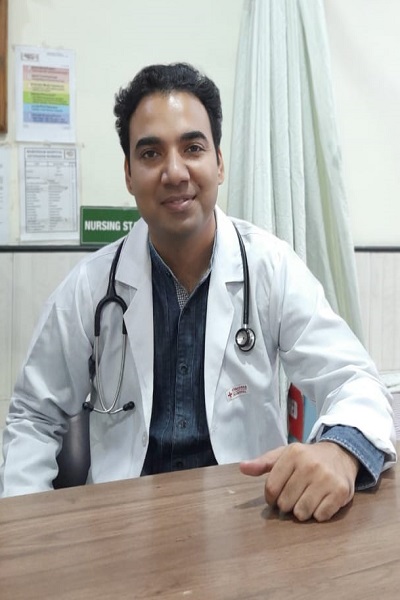
DR. VARUN SABOO
PAEDIATRICIAN MBBS,D.C.H
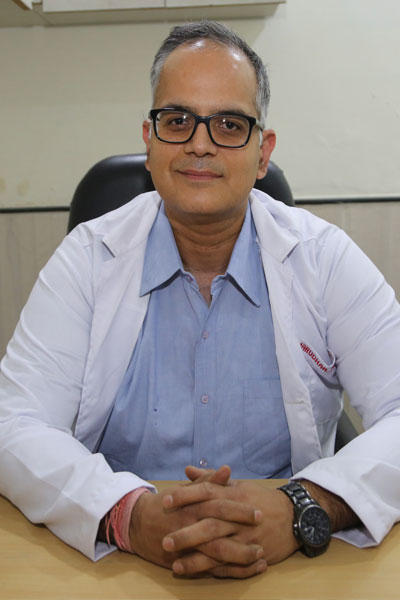
Dr-prateek-vyas
NA

dr-jyotima-saxena
NA

Dr-RK-bhal
NA


